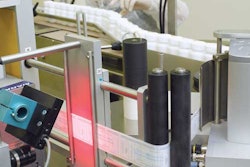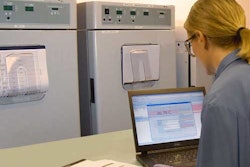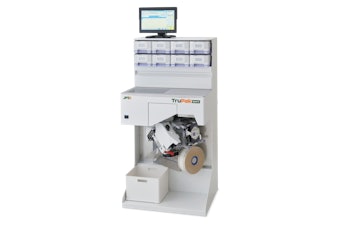Companies in this article
Monitoring distribution is critical for temperature-sensitive shipments
In this 'Voice of the Experts' Q&A, Healthcare Packaging talks with Dan Gagnon, director, Healthcare Logistics Strategy Group, UPS, about distribution factors, regulatory issues, and trends in temperature-sensitive shipping.
Apr 19, 2010
List: Digitalization Companies From PACK EXPO
Looking for CPG-focused digital transformation solutions? Download our editor-curated list from PACK EXPO featuring top companies offering warehouse management, ERP, digital twin, and MES software with supply chain visibility and analytics capabilities—all tailored specifically for CPG operations.
Download Now
Researched List: Blister Machines for Life Sciences
Need a blister machine for life sciences packaging? Our curated list features companies serving pharmaceutical, medical device, nutraceutical, and cosmetic industries. Download to access company names, locations, machine specifications, descriptions, and more.
Download Now
Downloads




















